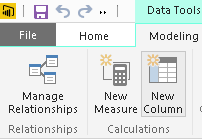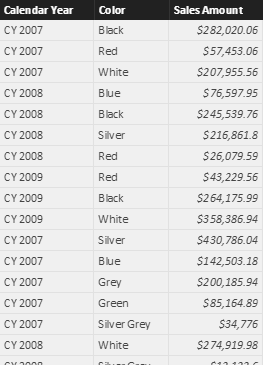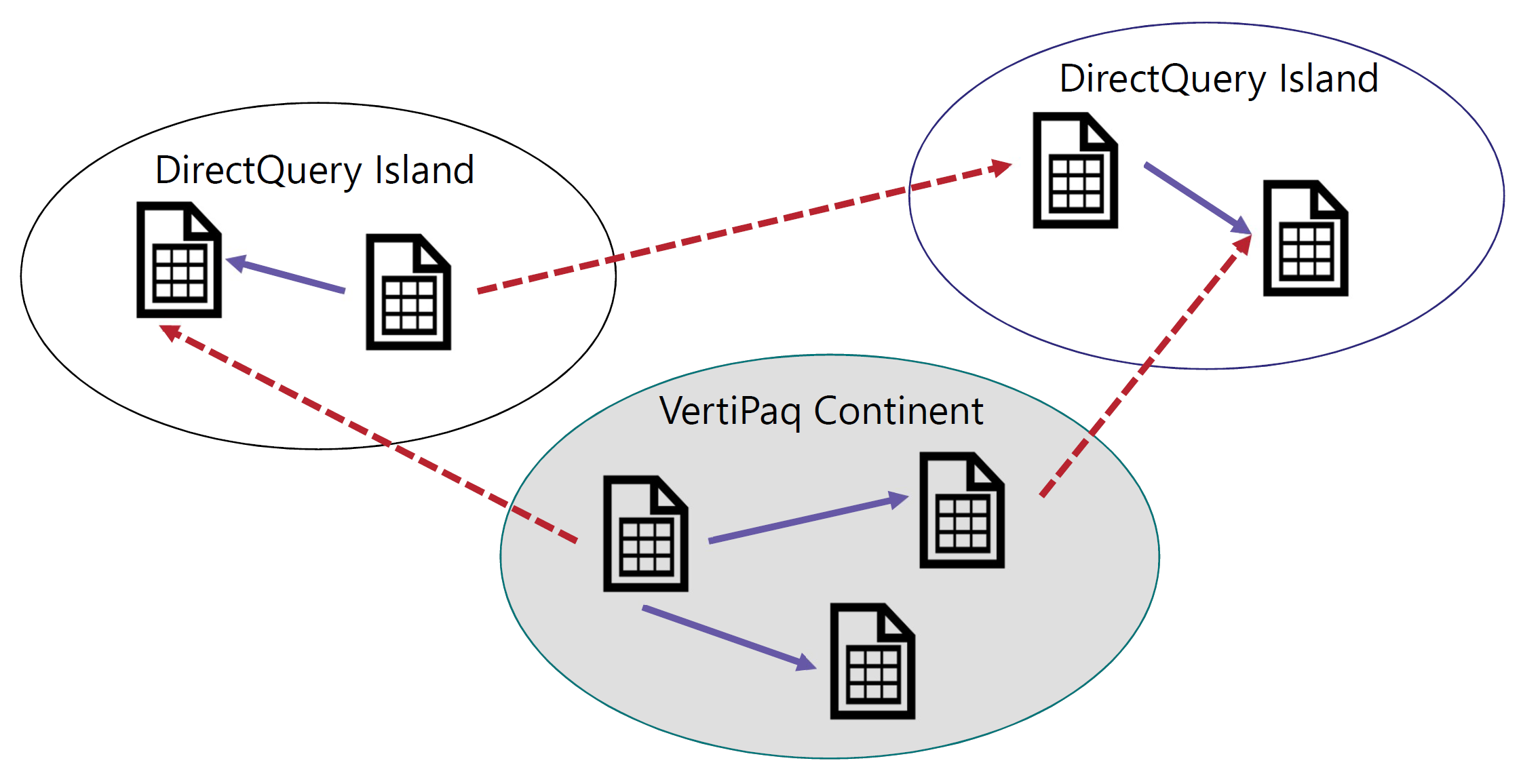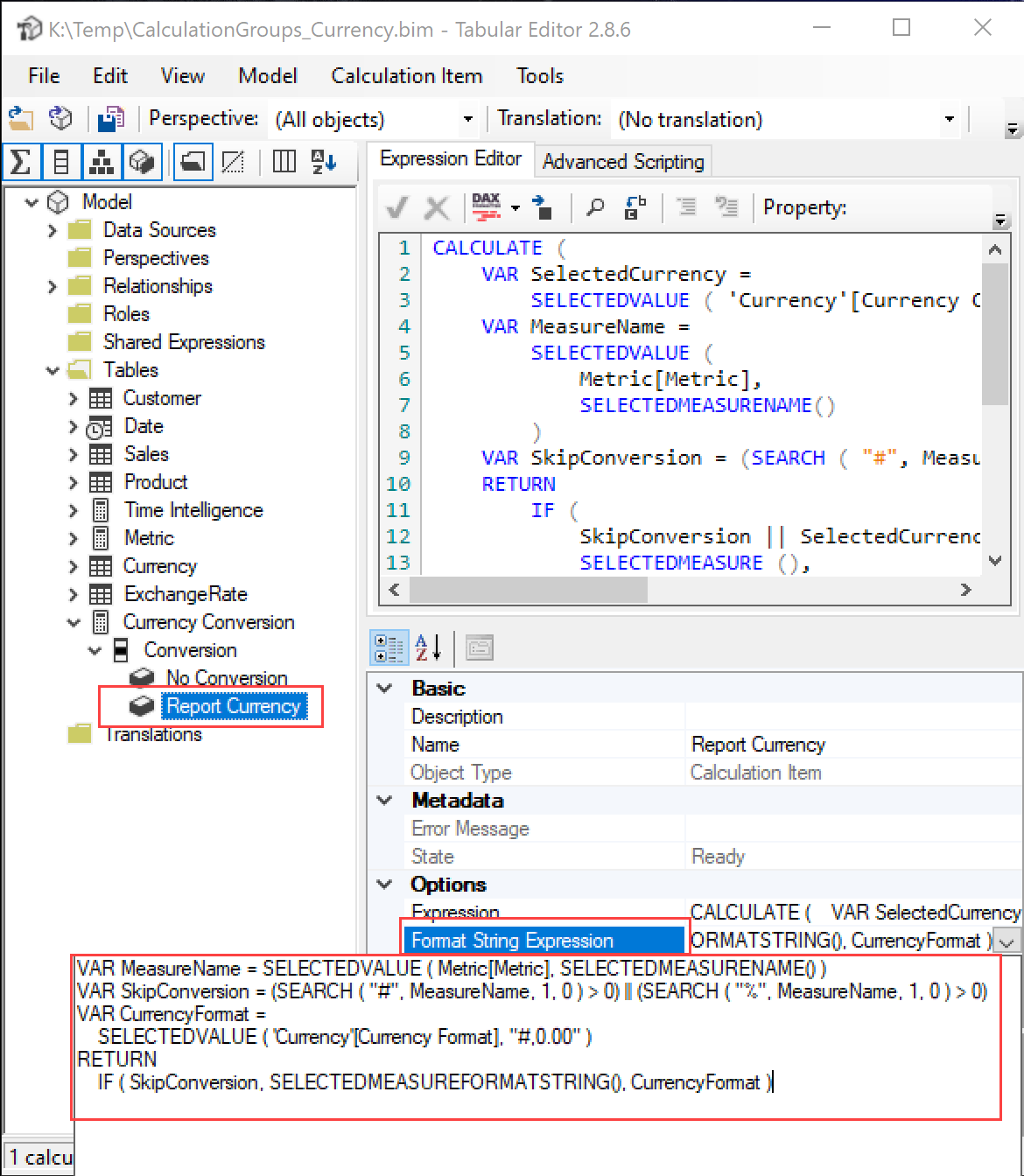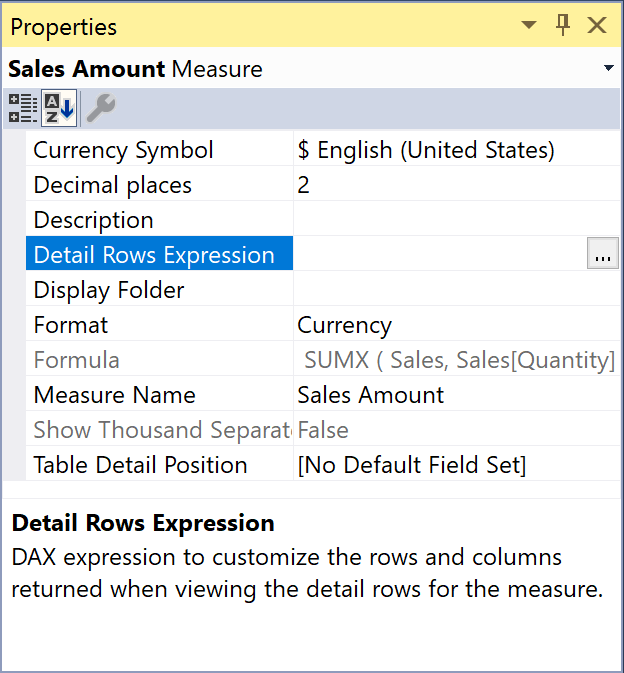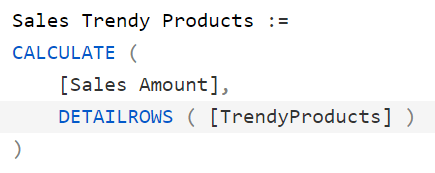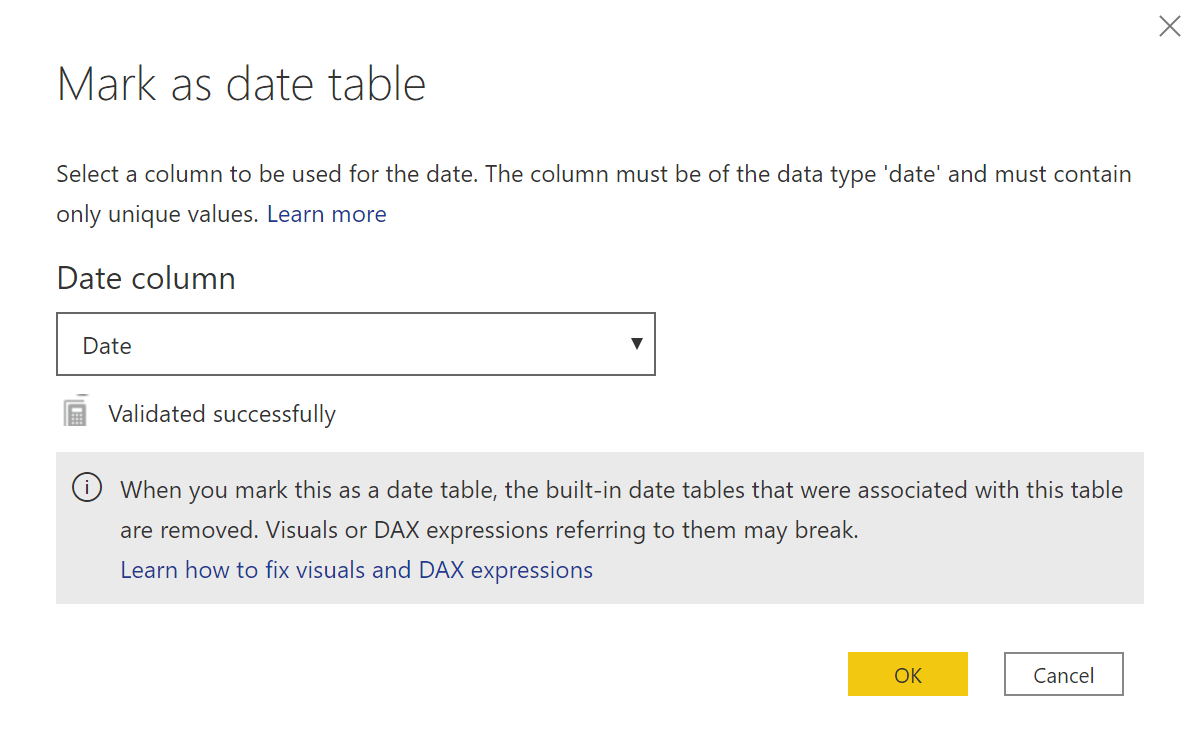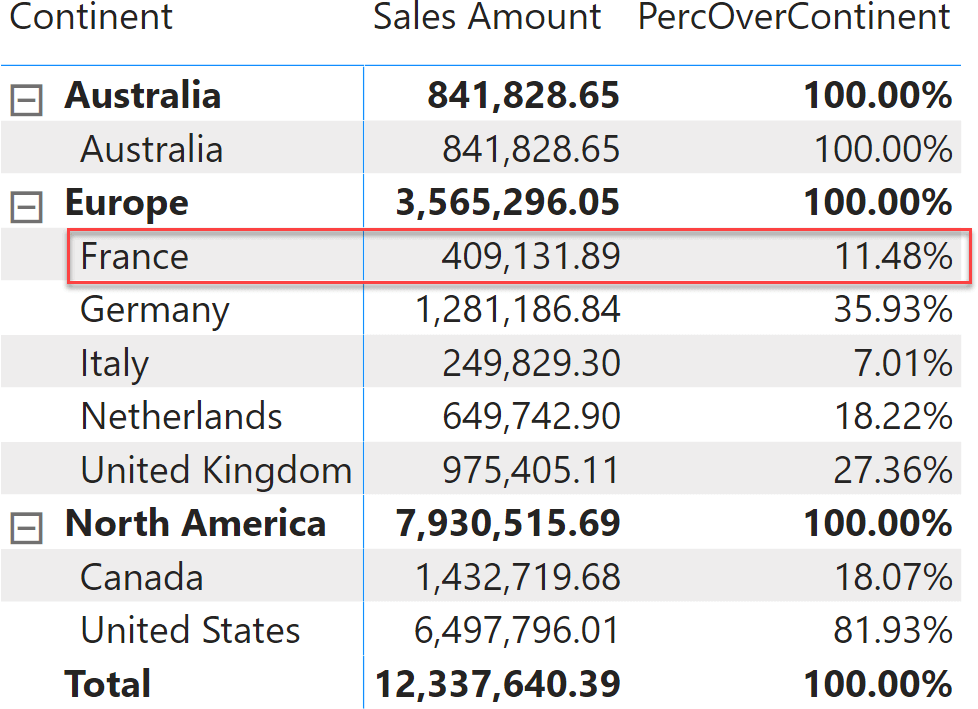Topic: SSAS
-
When working on the Mastering Tabular video course, we needed a sample database with more data than what we had at our disposal in existing sample databases. We also wanted to be able to control the content so that different… Read more
-
One of the first concepts to learn in DAX is the difference between calculated columns and measures. This article shortly recaps the differences and describes when to use each one. Read more
-
This article explains how to use SUMMARIZECOLUMNS, which is a replacement of SUMMARIZE and does not require the use of ADDCOLUMNS to obtain good performance. Read more
-
This article describes the types of relationships available in Power BI and Analysis Services, clarifying the differences in cardinality and filter propagation of physical relationships. Read more
-
This article describes how to control format strings in calculation groups. Before starting, we suggest you read the previous articles in this series. Read more
-
The Detail Rows Expression in a Tabular model provides the user with control over the drillthrough results obtained by showing details of a measure. This article describes typical DAX expressions you can use in this property. Read more
-
This article describes how to use the detail rows expression of a measure to obtain the equivalent of creating table functions in DAX. This allows the reusing of a table expression in multiple CALCULATE filters. Read more
-
Tabular models (including Power BI) require marking the Date table as a date table to get appropriate results with time intelligence calculations. This article explains why this setting is required. Read more
-
ALLEXCEPT is a handy DAX function to retrieve all the columns of a table except for some. When used as a CALCULATE modifier, its behavior is less intuitive and might result in inaccurate measures. In this article, we elaborate on… Read more
-
The new video course to create enterprise-level solutions with Power BI and Analysis Services is available! Read more
